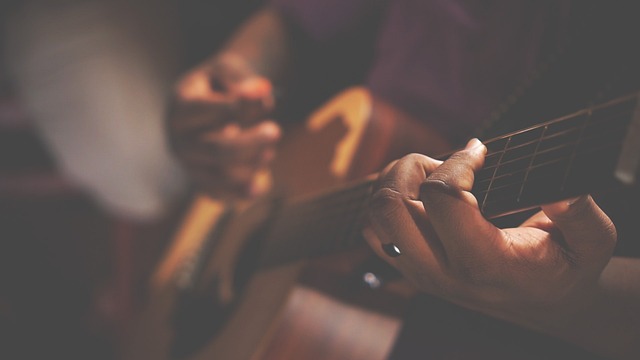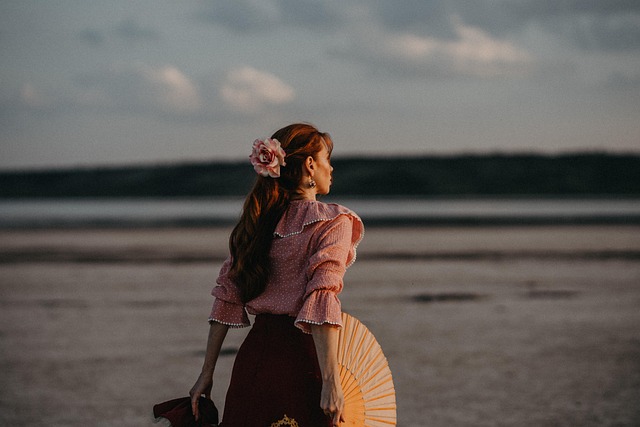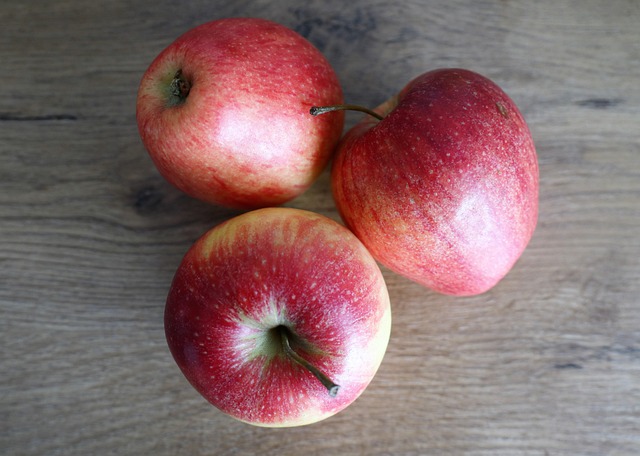The evolution of music has always been shaped by innovation and the unique ways that artists express themselves. One of the most recent moves within the realm of rap music is the incorporation of acoustics, a development that is reshaping not only how the genre sounds but how it feels. Over the past few years, artists have rediscovered the beauty of acoustic elements, weaving them intricately into their rhythmic narratives. This blend introduces a palpable warmth that resonates well with listeners, creating a bridge between traditional hip-hop beats and soulful melodies.
When we think about the culture surrounding rap, it’s often dominated by heavy bass lines and electronic sounds. However, as the genre continues to diversify, many are finding that stripping back to acoustic instrumentation introduces a sense of authenticity. Rappers are embracing guitars, pianos, and even string instruments, making each track more inviting. This acoustic wave allows for a genuine dialogue that feels intimate—a far cry from the grandiose nature often associated with rap parties that focus solely on beats and bravado.
Picture a gathering where the anticipation builds as nightfall approaches. The mood is set not just by the powerful rhymes of the artists but by the strumming of an acoustic guitar. Everyone is swaying, immersed in the soft melodies that intersperse with heartfelt lyrics. This is where the convergence of rap and acoustics transforms the atmosphere; it invites deeper connections between the artist and their audience. Listeners outside of the traditional rap demographic find themselves drawn in, as the raw emotionality of the sounds resonates beautifully with their own experiences.
This new wave of acoustic rap is not just about the sound; it’s a cultural movement. Collaborations with acoustic musicians are more common now, fostering cross-genre partnerships that were rare in the past. For instance, when a prominent rapper joins forces with a folk artist to create something entirely new, it opens the door to experimentation that enriches both parties and their respective genres. This collaboration signifies a collective shift in music culture, allowing artists to step outside their comfort zones and embrace vulnerability.
Moreover, the acoustic aspect aligns perfectly with the intimate nature of live performances. Smaller venues and pop-up events become prime locations for these acoustic rap sets, where fans can closely connect with their favorite artists. An acoustic show allows the audience to listen more intently, and there’s a shared understanding that this moment is about more than just entertainment—it’s about storytelling, community, and emotion. In such settings, the energy shifts, and the party becomes a celebration of life experiences shared through music.
The rise of acoustic rap not only holds the promise of reinvigoration for the genre but also reflects a broader shift towards authenticity in music. Artists today are more willing to reveal their vulnerabilities through their work, attracting listeners who cherish genuine connections over superficial beats. As this trend continues to evolve, we can expect to see rap culture embrace a more diverse array of musical influences, all while staying true to the genre’s roots.
In navigating this new landscape, it’s evident that the acoustic elements are not overshadowing rap; instead, they enhance it. They provide a space where emotions can flow freely, where parties become more than just celebrations of rhythm, and audiences can engage with the narratives spun by their favorite artists. The future of acoustic rap promises to redefine the music culture, opening up avenues for exploration and connection that speak to the heart of what it means to share music.




